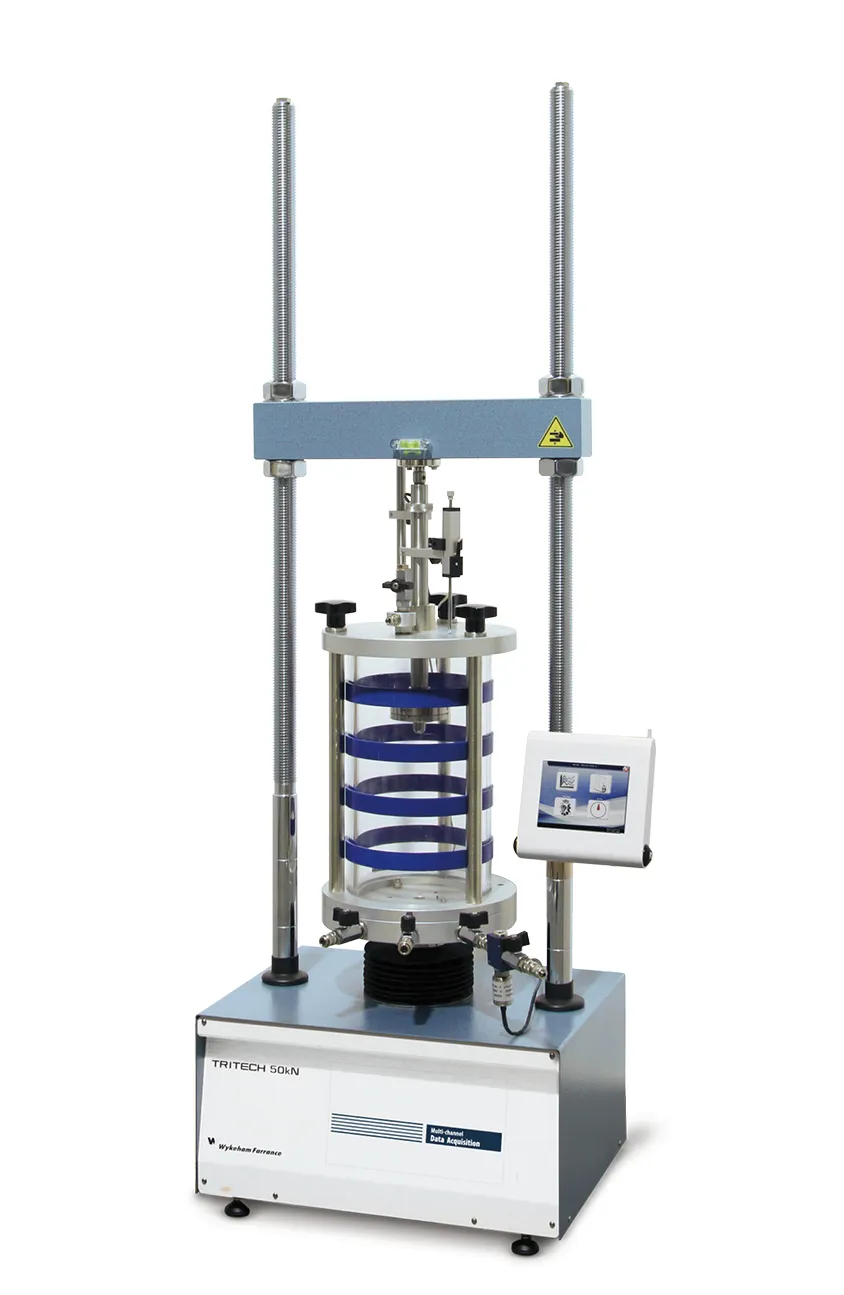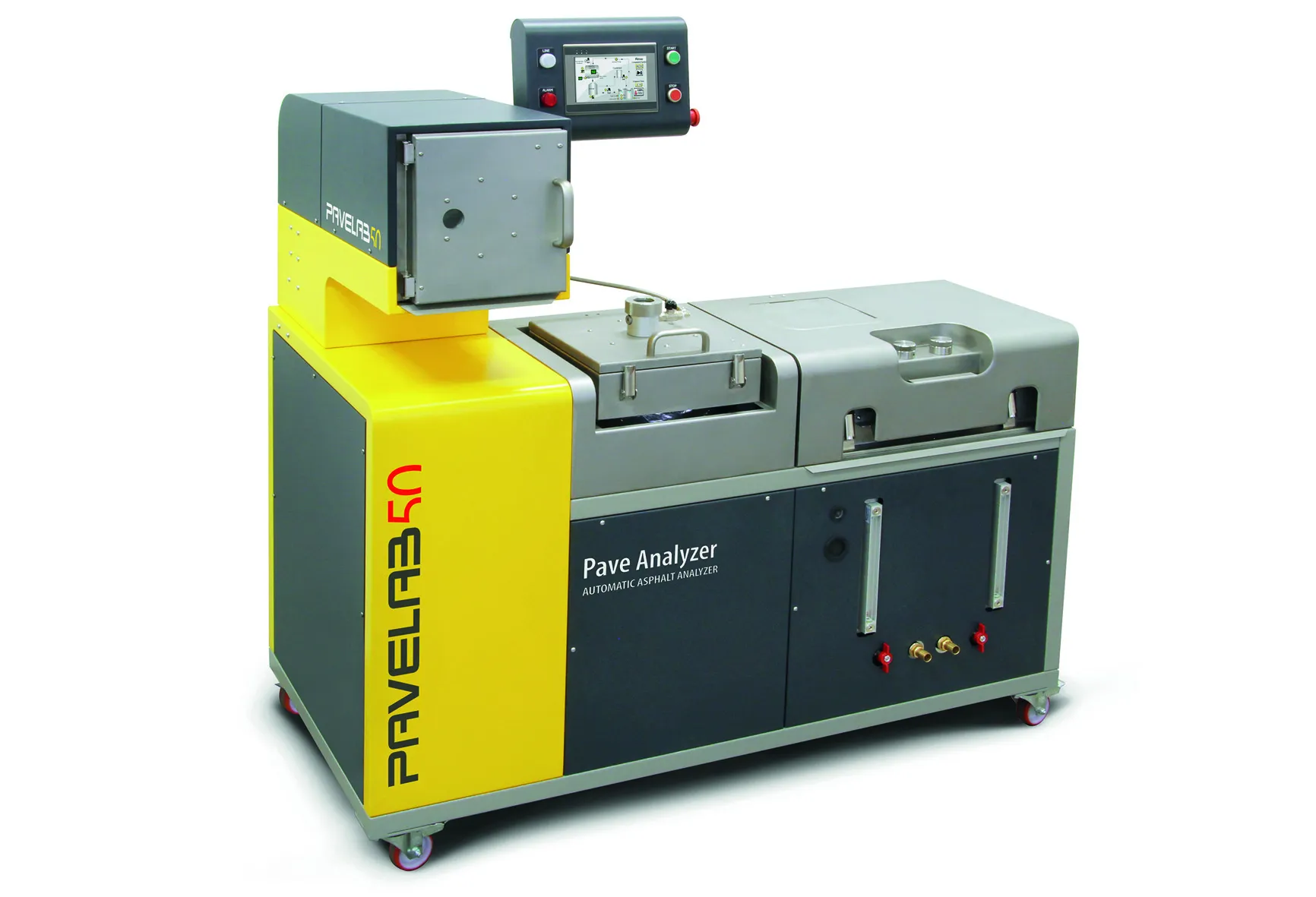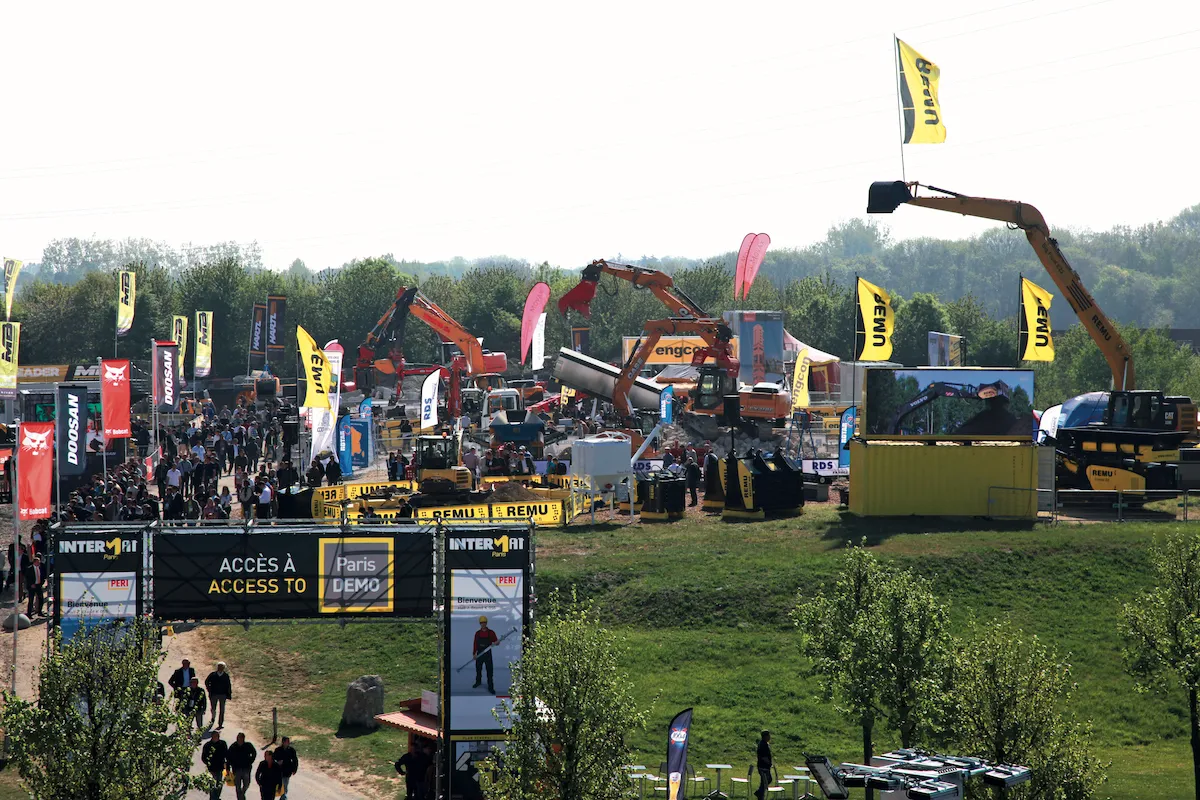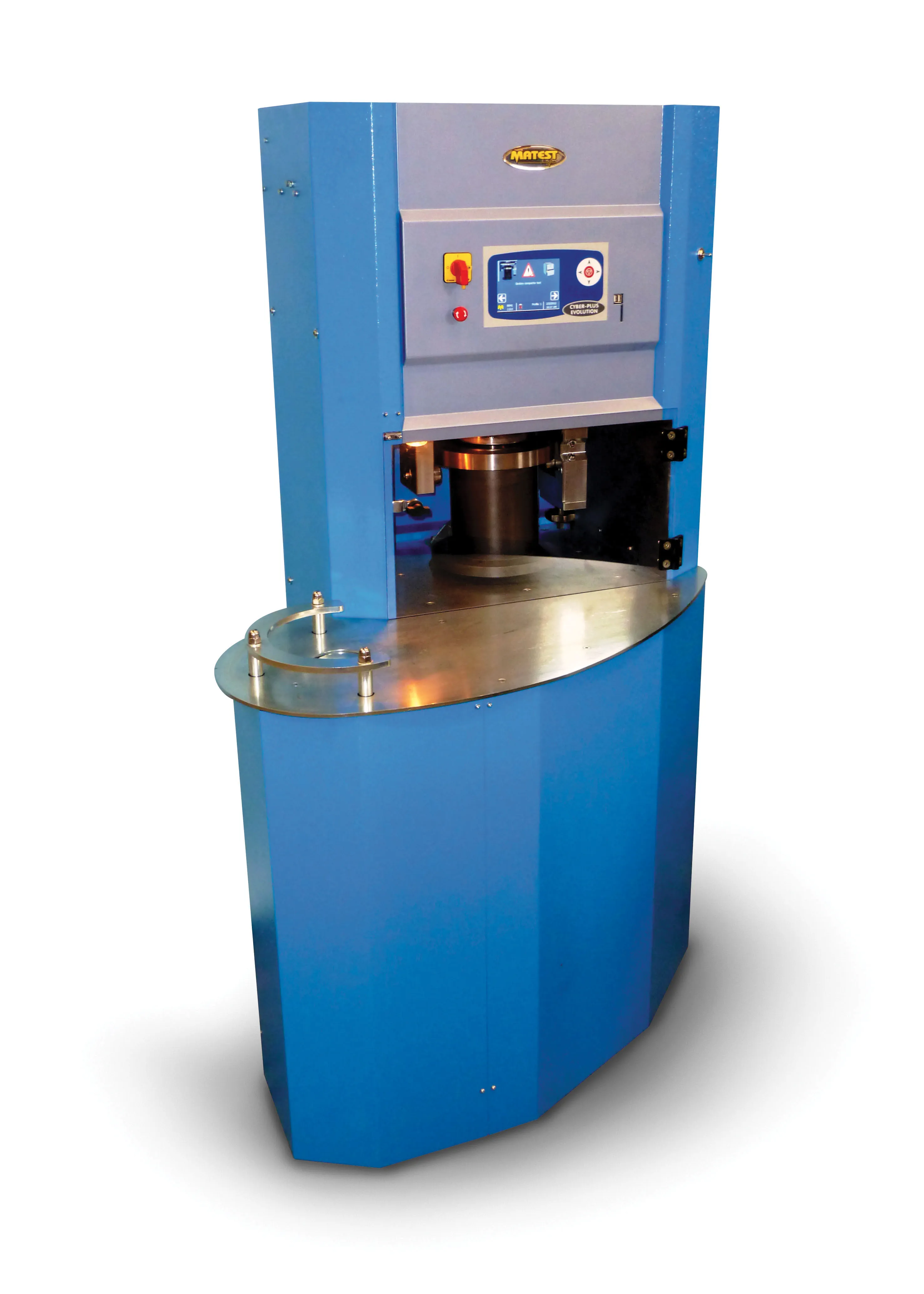Accurate evaluation of soil characteristics can be achieved using the new TRITECH package from Wykeham Farrance. The firm is the soil mechanics division of CONTROLS Group and its electro-mechanical TRITECH machines are said to be a suitable solution for advanced and research laboratories that want to perform high quality tests at high levels of productivity. Based on heavy duty triaxial load frames, with advanced electronics and high quality components, the frames are the top of the currently available rang
March 15, 2016
Read time: 2 mins

Accurate evaluation of soil characteristics can be achieved using the new TRITECH package from Wykeham Farrance. The firm is the soil mechanics division of 2139 CONTROLS Group and its electro-mechanical TRITECH machines are said to be a suitable solution for advanced and research laboratories that want to perform high quality tests at high levels of productivity. Based on heavy duty triaxial load frames, with advanced electronics and high quality components, the frames are the top of the currently available range for triaxial testing on soils. The load frames are built around a robust twin chromed-column structure, said to ensure high rigidity. The loading platen is made from stainless steel. Four models are available depending on the max capacity and if equipped or not with a built-in data acquisition. TRITECH is equipped with built-in data acquisition featuring a wide user friendly touch screen display, mounted on the side. In each model the panel and display are protected from water and dust by a waterproof membrane. The touch screen display is versatile to start, pause and stop the test, to set up data recording mode, to show live readings of the transducers in real time and to perform calibrations. In addition, a LAN connection and a dedicated software allows remote control from the PC. In remote control mode the software allows the user to control the main functions. Users can also calibrate the channels with linear, polynomial and multi-coefficient calibration mode, and display the readings. The high versatility of these machines allows the user to perform not only triaxial tests but also CBR, Marshall and other general tests.









